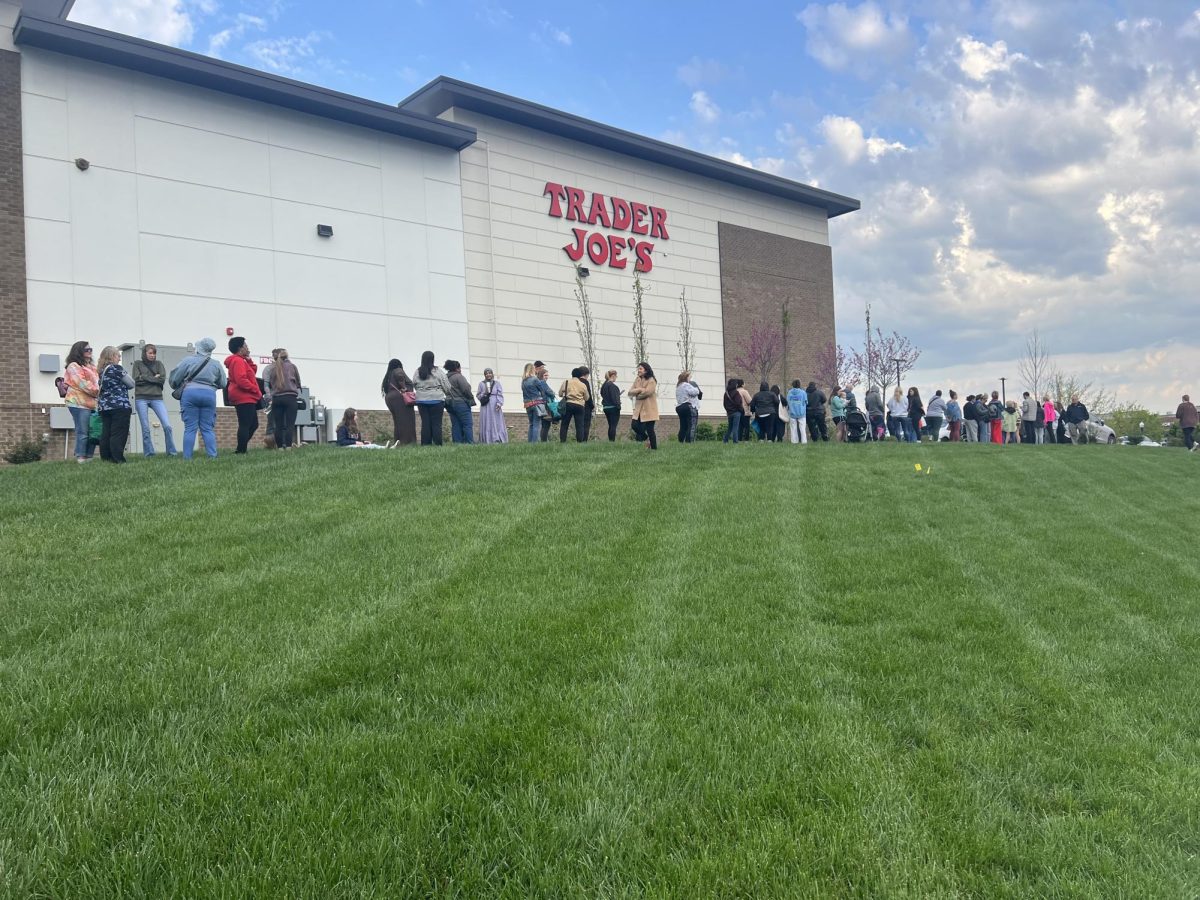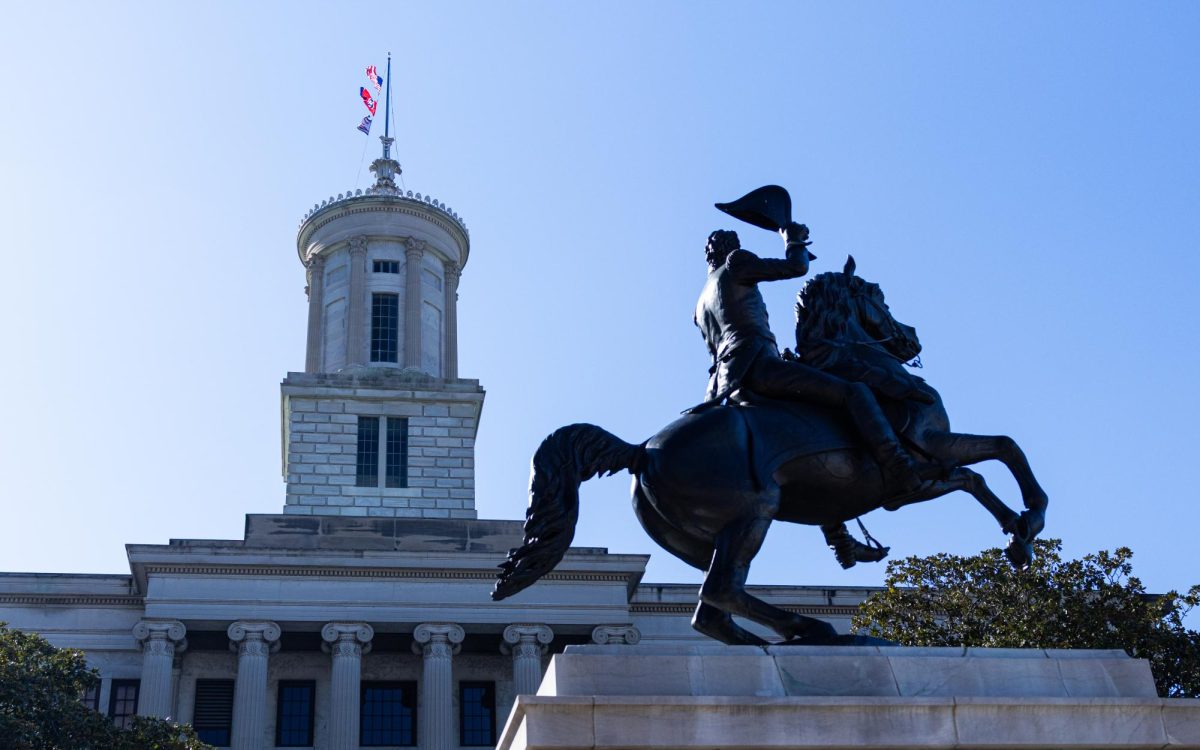With election day just around the corner and early voting already underway across the state, many Tennesseans are fighting to understand the complicated wording of many amendments on this year’s November 4 ballot.
Four amendments are up for a vote for Tennesseean citizens. Amendment 2 deals with the way in which judges across the state are elected– be it by votes from Tennesseans in elections or appointments by the governor.
A vote of “Yes on 2” would replace the first two sentences of Article VI, Section 3 of the Constitution with the following:
“Judges of the Supreme Court or any intermediate appellate court shall be appointed for a full term or to fill a vacancy by and at the discretion of the governor; shall be confirmed by the Legislature; and thereafter, shall be elected in a retention election by the qualified voters of the state. Confirmation by default occurs if the Legislature fails to reject an appointee within sixty calendar days of either date of appointment, if made during the annual legislative session, or the convening date of the next annual legislative session, if made out of session.The legislature is authorized to prescribe such provisions as may be necessary to carry out Sections two and three of this article.”
With this new language, judges would be put into office by the governor and confirmed in a yes-no vote by the state legislature. Effectively, the “Tennessee Plan,” which has been the system used to appoint and retain judges in the state since 1994, would be codified into constitutional law.
Rather than vote judges into office just like a governor, legislator or any other elected state official, Tennessee voters instead vote to retain judges. In a judicial retention referendums, a judge already in office would need a majority of votes in favor of retention to keep his or her job, at least until the next referendum.
The referendums appear on general election ballots.
Appointment of judges by the governor is modeled after the federal system, in which the president appoints judges that are confirmed by the United States Senate. Twenty-five states other than Tennessee appoint Supreme Court judges by appointment from the current governor.
A vote for no on Amendment 2 is a vote to keep the Constitution as it is, meaning the voters of the state will determine the judges representing their counties. The first two sentences of Article VI, Section 3 currently read:
“The Judges of the Supreme Court shall be elected by the qualified voters of the state. The legislature shall have the power to prescribe such rules as may be necessary to carry out the provisions of section two of this article.”
For more campus news, follow us at www.mtsusidelines.com, on Facebook at MTSU Sidelines and on Twitter at @Sidelines_News
To contact news editors Max Smith and Meagan White, email newseditor@mtsusidelines.com













